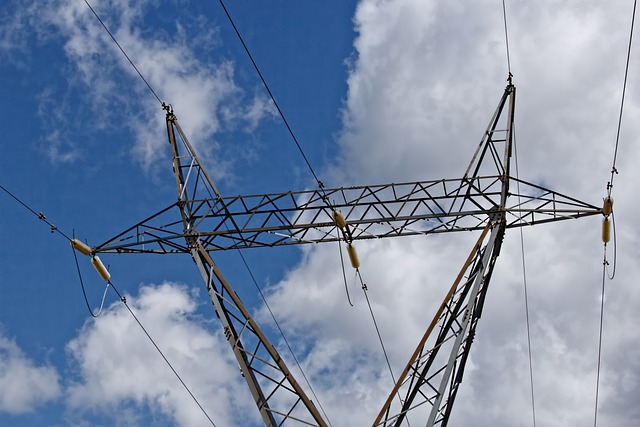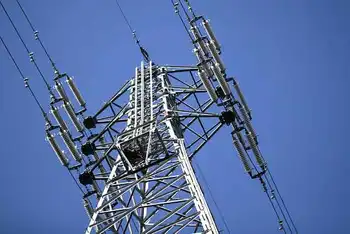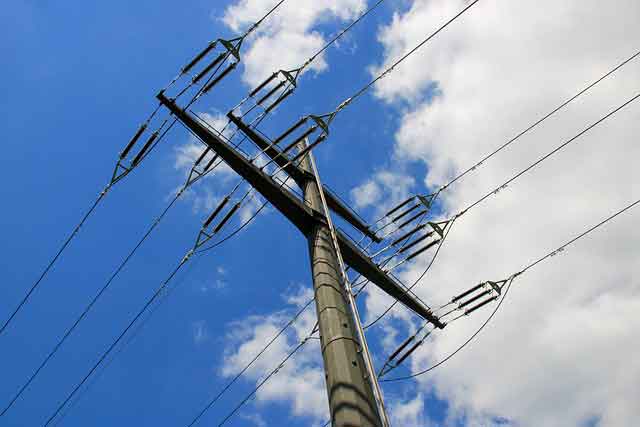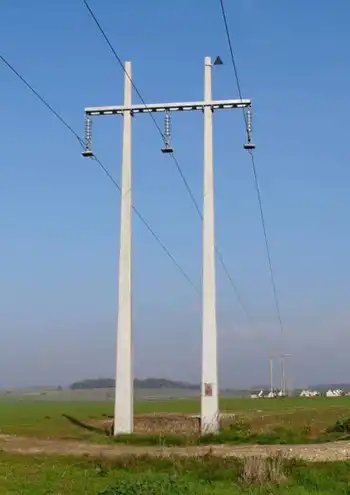Detectives taped, followed man accused in 1.4 million dollar theft from Duke Energy
By Knight Ridder Tribune
Electrical Testing & Commissioning of Power Systems
Our customized live online or in‑person group training can be delivered to your staff at your location.

- Live Online
- 12 hours Instructor-led
- Group Training Available
Monahan, who turned himself in to authorities, is accused of tampering with gas wells so they would inaccurately show more gas output, which equaled more payments from Duke Energy. The gas company and Weld District Court affidavits accuse Monahan of stealing more than $1.4 million. Duke energy is now known as DCP Midstream.
After turning himself in, Monahan was released on $500,000 bond. When contacted at his home in the Dos Rios area south of Greeley, Monahan refused to comment on his arrest, referring all questions to his attorney.
His attorney, Forrest Lewis of Denver, said he hasn't received enough information on the case to comment.
The first court hearing for Monahan is July 9. Monahan shares ownership of about 40 gas wells with his father, Rex Monahan, court records show, and the elder Monahan told investigators he knew nothing about his son changing the meters on the wells. But court records show Duke Energy officials and private detectives followed Bill Monahan on Feb. 21, 22 and 23 of 2006, and watched him check several wells. In each of those cases, the wells were "manipulated to false measurement conditions," according to the affidavit. However, the detectives also said other wells were also manipulated at times Bill Monahan was not present.
Detectives had questioned Monahan about employees who might have been involved, but he refused to name any. A month later, the detectives installed a hidden camera at one of the wells, according to court affidavits, and recorded Monahan coming to the well and turning valves. The detectives then called the recording office for the well in Oklahoma City and dis overed the well was showing "a very high flow volume consistent with a manipulated condition."
When confronted with the evidence in the case, Bill Monahan denied changing the valve settings, affidavits stated. The Weld District Attorney's chief investigator, Tony Molocznik, wrote the affidavit and stated that although Bill Monahan denied the charges, he also offered to pay back some money if it was in the range of $50,000 to $70,000.
The affidavit states that between July 2004 and May 2006, Bill Monahan received $1,041,817 in overpayments, and during the same time his father received $441,400. The father, Rex Monahan, was not named as a suspect in the affidavits.











